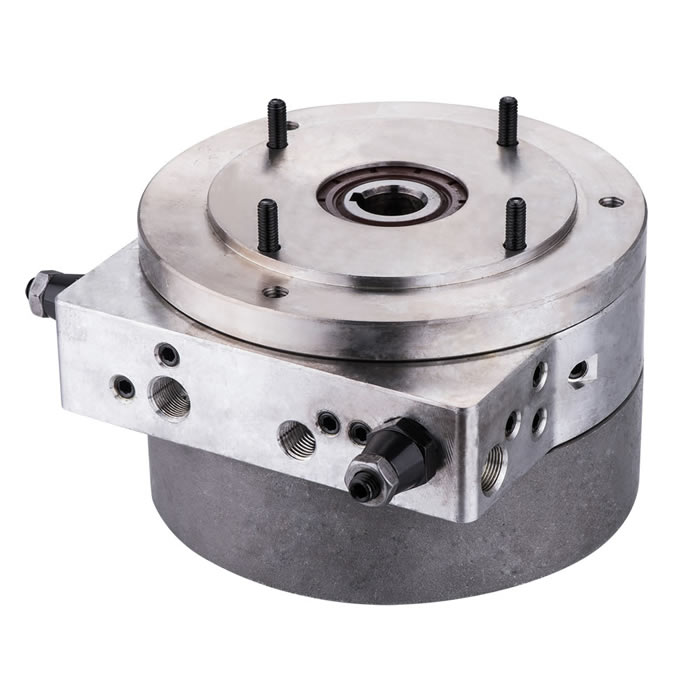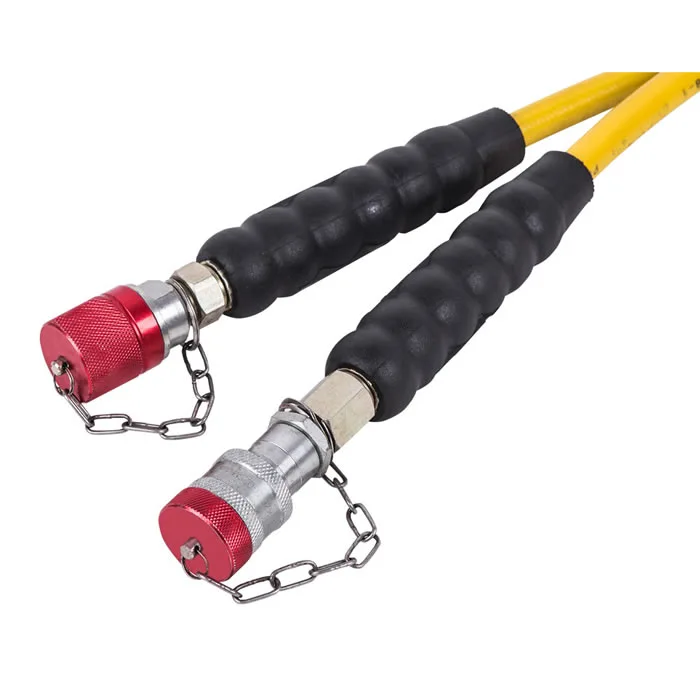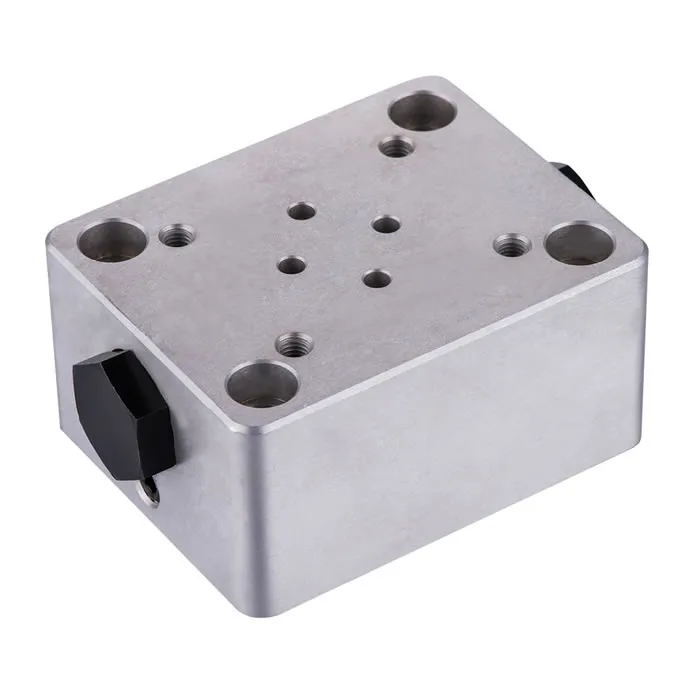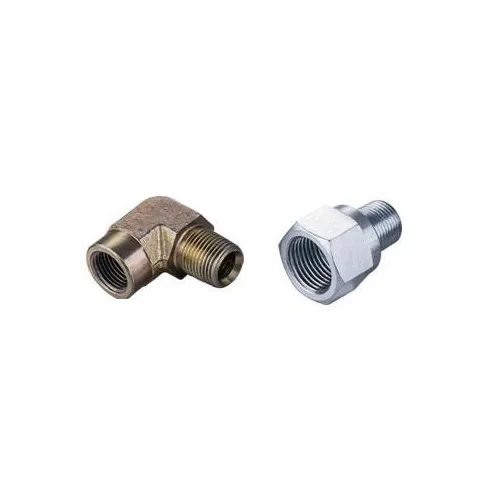Hydraulic Parts Inventory: A Step-by-Step Guide
If you're in the business of using and maintaining hydraulic equipment, you've likely encountered a repair scenario that
could've been a breeze if you had the right parts on hand. Instead, you're probably scrambling to find a vendor with
the necessary parts in stock, placing rush orders, and hoping they arrive sooner rather than later. Sound familiar?
While keeping an excessive amount of spare hydraulic parts isn't ideal, having the right ones readily available to
keep your equipment up and running is crucial for an effective maintenance plan. But where do you begin?
Analyzing and Identifying Hydraulic Parts
One of the biggest challenges in managing an effective parts inventory is having the right
parts available when troubleshooting your system and facing production stoppages.
Knowing your machinery and the parts critical to its operation is the first step in creating an effective spare part inventory.
This could include anything from extra cylinders, pumps, and motors to spare valves, hoses, seals, and even o-rings.
So, how do you determine which parts to keep handy?
To gain a good understanding, start by analyzing past equipment and part data. Everything from past maintenance records,
inventory adjustments, purchase orders, and downtime logs will provide valuable insights into the spare
parts that will be most beneficial and economical to have available at a moment's notice.
Additionally, consulting your maintenance technicians and purchasing agents for their insights and
recommendations based on their experience with the equipment is always valuable.
This information will help you better forecast and identify the exact types of
parts to have on hand in case a machine's Hydraulic System fails.
Here are some spare hydraulic parts and components recommended to keep in stock:
Pumps: The heart of any hydraulic system, pumps are responsible for circulating hydraulic fluid.
Different pumps exist for various applications, so ensure you have the right ones for your equipment.
Hoses: These convey hydraulic fluid throughout the system and are prone to wear and tear.
Having extra hoses on hand can prevent costly downtime due to unexpected failures.
Valves: These control the flow and direction of hydraulic fluid and come in various types,
including directional, pressure relief, and flow control valves.
Keeping a selection of commonly used valves can be helpful.
Filters: These remove contaminants from hydraulic fluid, protecting system components from wear and tear.
Having spare filters ensures you can maintain optimal system cleanliness.
Cylinders: These convert hydraulic pressure into linear motion and are used in various applications like lifting,
pushing, and pulling. Having spare cylinders for critical functions can be advantageous.
Belts: While not strictly Hydraulic Components, belts are often used in conjunction with hydraulic pumps and motors.
Having spares on hand can prevent downtime due to belt failures.
Gaskets: These create seals between components to prevent leaks.
Having a variety of gasket sizes and types can be helpful for various repairs.
Actuators: These convert hydraulic energy into mechanical motion and are used in various applications.
Having spares for critical actuators can be crucial.
Fan Motors: These cool hydraulic systems can be vital for preventing overheating.
Having spare fan motors ensures you can maintain optimal system temperatures.
Seals and O-rings: These create tight seals to prevent leaks and are essential for system functionality.
Having a variety of sizes and types on hand can be helpful for various repairs.
Remember, repairing and keeping old hydraulic parts as spares is often more cost-effective than buying new ones.
If you have old, broken parts lying around, consulting an experienced hydraulic repair technician
can help you salvage them and get them back in working order.
Maintaining Your Hydraulic Part Inventory
With a solid maintenance plan in place and regular care for your hydraulic equipment,
spare parts should ideally not be used too often.
However, it's always better to be prepared than caught off guard.
That said, you don't want a cluttered inventory overflowing with unnecessary spares taking up valuable space.
To manage your part inventory and determine the most economical order quantity,
there's a formula known as the Economic Order Quantity (EOQ) Formula.
The EOQ Formula helps prevent inventory loss and waste by calculating an annual
order quantity that minimizes costs and maximizes order efficiency.

The calculation steps for the EOQ formula are as follows:
Data collection:
The data to be collected includes annual demand (D), ordering cost per unit (C), and holding cost per unit (H)
Calculate EOQ:
Use the EOQ formula to calculate the optimal order quantity (Q *)
Determine ordering cycle:
The ordering cycle (T) is the annual demand (D) divided by the optimal ordering quantity (Q *)
Why Choose SAIVS™ as Your Supplier?
With 20 years of industry experience, SAIVS is a leading Chinese manufacturer of high-quality tools, offering competitive pricing and excellent customer service.We pride ourselves on exceptional quality control, extensive experience, and comprehensive after-sales service.



